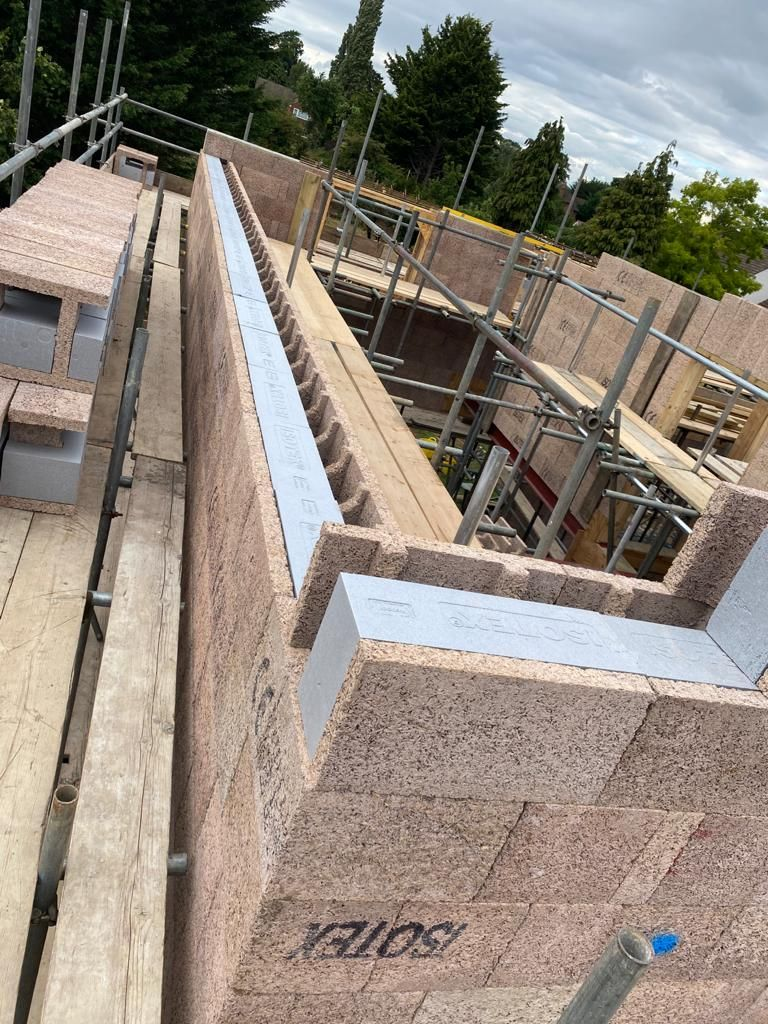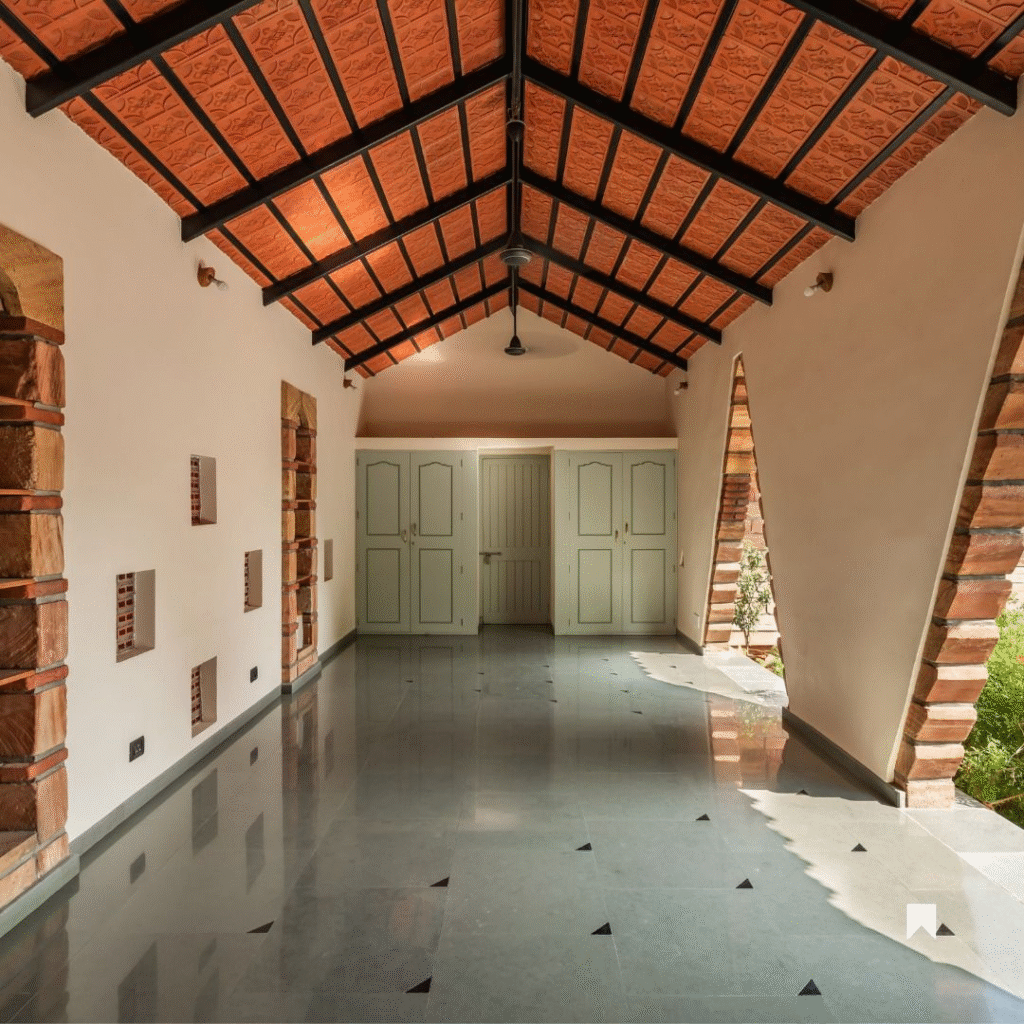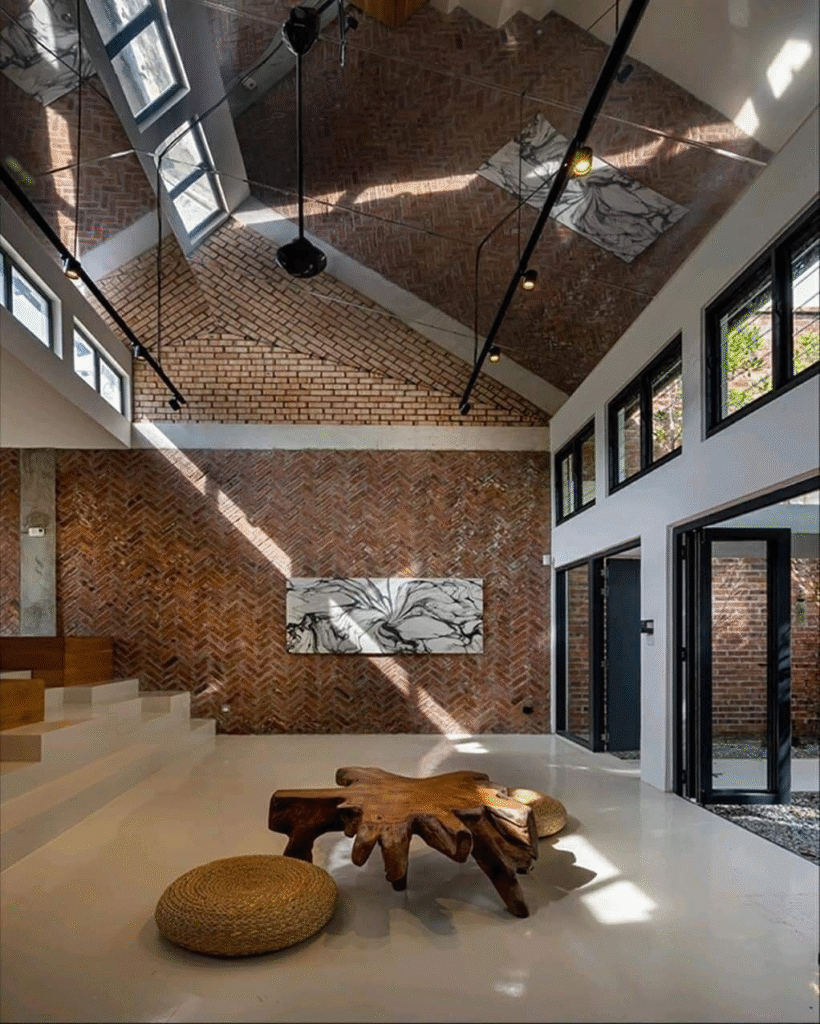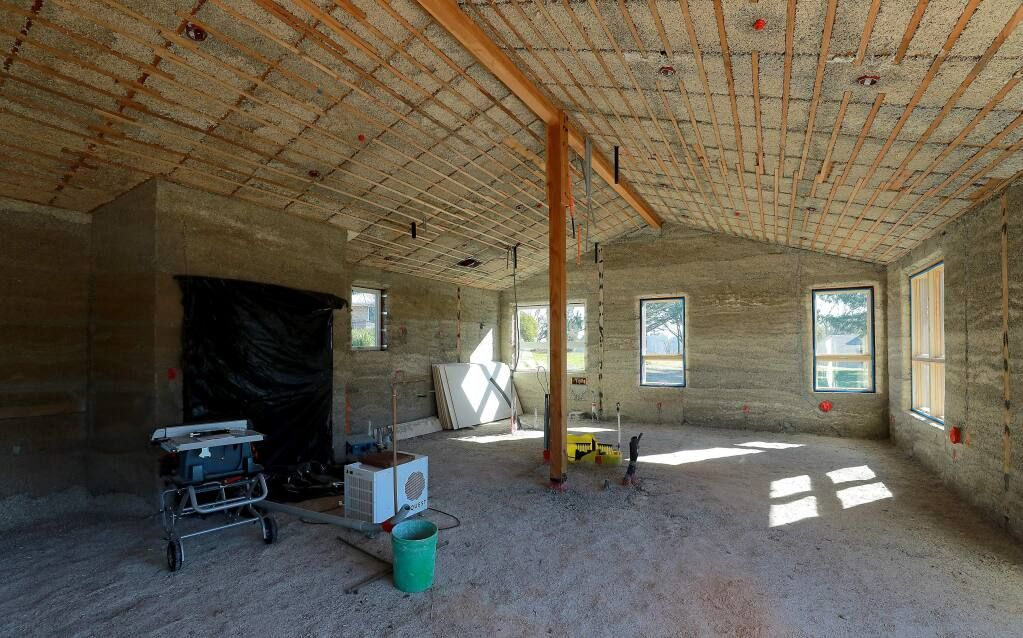
In the grand narrative of sustainable living, India finds itself at the threshold of a quiet revolution. As the nation urbanizes rapidly while simultaneously facing climate change, housing and construction practices are under unprecedented scrutiny. Families now seek not only affordability and durability in their homes but also ecological responsibility. Among the many innovations in sustainable construction, one natural material is gaining global momentum and holds profound potential for India: hemp insulation.
Hemp, a versatile and ancient crop with deep ties to Indian heritage, is showing promising applications in the modern context—especially in insulation for homes. With its naturally insulating, breathable, and eco-friendly properties, hemp has the potential to help households across India reduce energy consumption, achieve thermal comfort, and redefine what sustainable living means in the 21st century.
This article will explore hemp insulation in depth—with a specific focus on how it can transform Indian households within the broader landscape of sustainable architecture.
The Urgent Need for Sustainable Housing in India

Rapid Urbanization and Increased Energy Demands
According to census data and reports from the UN, India is experiencing one of the fastest urbanization booms in history. By 2050, nearly half of India’s population will reside in urban areas. With this growth comes rising demand for housing, air conditioning, energy consumption, and access to modern amenities.
A major issue plaguing Indian homes in both rural and urban areas is thermal inefficiency. Traditional brick-and-cement houses often trap heat in the summer and allow it to escape in the winter, leading families to over-rely on fans, coolers, and air conditioners—adding to electricity bills and straining the national grid.
Climate Change and Comfort Crisis
India is one of the countries most vulnerable to climate change. Rising temperatures, unpredictable heat waves, and energy shortages make it critical to rethink how homes are built. Affordable solutions that regulate indoor temperatures naturally could improve resilience, especially for middle and lower-income households.
The Green Building Imperative

India has pledged ambitious climate goals, including reducing carbon intensity and shifting to renewable energy sources. But housing must also become a part of this transformation, and sustainable building materials will be at the heart of this movement. Hemp insulation—renewable, carbon-negative, and highly efficient—fits remarkably well with this mission.
What is Hemp Insulation?
Hemp insulation is a bio-based construction material made from the woody core and fibers of the hemp plant. After the stalk is harvested, the fibers are processed and combined with natural binders to form insulation mats, bats, or loose-fill material.
Key Properties of Hemp Insulation:

- Thermal Performance: Hemp offers excellent thermal resistance (R-values) comparable to or better than standard insulation like glass wool. It maintains indoor coolness in hot climates and warmth in cooler regions.
- Breathability: The porous structure of hemp fibers enables vapor permeability, reducing condensation and mold—critical in humid Indian regions.
- Durability: Naturally resistant to pests and less prone to rotting when combined with lime or other binders.
- Fire and Acoustic Safety: With appropriate treatment, hemp insulation provides fire resistance and soundproofing qualities.
Unlike petrochemical-based materials such as polyurethane or polystyrene foam, hemp is biodegradable, non-toxic, and safer for human health.
Hemp and India: An Old Crop with New Purpose
Hemp, scientifically known as Cannabis sativa, carries historic significance in Indian society. From ancient Ayurvedic practices to the fibers used in ropes, clothing, and rituals, hemp has existed in India for millennia. Despite being overshadowed by legal restrictions due to its association with psychoactive varieties of cannabis, industrial hemp is distinct, containing negligible levels of THC and offering purely utilitarian benefits.
Several Indian states—including Uttarakhand and Himachal Pradesh—have begun revisiting hemp cultivation policies. This presents a ripe opportunity to integrate hemp into construction and housing practices, especially as part of India’s broader mission to double farmers’ incomes and reduce imports of unsustainable building materials.
Why Hemp Insulation is a Game-Changer for Indian Homes

1. Thermal Comfort in Extreme Climates
India experiences a diverse climate: from Delhi’s scorching summers above 45°C to Kashmir’s near-freezing winters. Hemp insulation has the unique capacity to regulate temperature year-round.
- In hot regions, hemp walls and ceilings reduce the need for air conditioning.
- In cold hilly regions, hemp helps retain warmth, reducing firewood or electricity usage.
2. Affordable Energy Savings
While energy-efficient technologies like solar panels often incur high upfront costs, hemp insulation is relatively affordable and low-tech. By cutting air-conditioning or heating by up to 30-40%, households could significantly lower electricity bills. Over decades, these savings outweigh initial material costs.
3. Healthier Indoor Living
Indoor air quality is a growing concern in India’s cities, where pollutants and construction chemicals exacerbate health issues. Unlike fiberglass insulation that sheds irritant particles, hemp is hypoallergenic, mold-resistant, and non-toxic—offering healthier living environments for families.
4. Durability Against Humidity and Pests
In coastal states like Kerala, Tamil Nadu, or Goa, humidity wreaks havoc on buildings. Hemp’s vapor-permeable structure prevents dampness buildup, reducing long-term damage. With natural resistance to pests and fire, hemp insulation extends home longevity.
5. Alignment with Cultural Sustainability
For Indian households steeped in philosophies like Vasudhaiva Kutumbakam (the world is one family), hemp insulation resonates with eco-responsibility. It reflects traditional Indian wisdom of building with natural materials like mud, lime, and bamboo while adapting them to modern insulation science.
Comparing Hemp Insulation with Conventional Materials
| Feature | Fiberglass/ Mineral Wool | Polyurethane Foam | Hemp Insulation |
|---|---|---|---|
| Renewable? | ❌ | ❌ | ✅ |
| Biodegradable? | ❌ | ❌ | ✅ |
| Health Impact | Irritant fibers | Chemical off-gassing | Non-toxic |
| Performance in Heat | Average | High | High |
| Moisture Resistance | Moderate | Variable | Excellent |
| Cost (Long-term Value) | Moderate | Expensive | Economical |
| Sustainability | High carbon footprint | High | Carbon negative |
Clearly, hemp insulation offers both performance and ecological benefits unmatched by conventional alternatives.
Overcoming Challenges in India

Despite its promise, hemp insulation still faces obstacles in Indian adoption:
- Legal and Policy Barriers
The conflation of industrial hemp with narcotic cannabis restricts cultivation. Although some states allow it, widespread regulation clarity is needed. - Awareness Gap
Most Indian households are unfamiliar with the concept of insulation itself, let alone hemp insulation. A cultural mindset shift toward energy efficiency is necessary. - Infrastructure and Supply Chain
Hemp-based building products must be localized. Without processing facilities and consistent raw material supply, costs remain higher. - Standardization and Certification
For architects, developers, and homeowners to trust hemp insulation, quality and safety standards must be formalized at a national level.
Case Studies & Global Inspiration

Europe’s Hemp Building Innovations
France and the UK have embraced hempcrete—walls made of hemp hurds and lime—not only as insulation but as primary building blocks. These houses maintain stable internal temperatures and are lauded for their eco-friendly footprints.
Himachal Pradesh Pilot Projects
In certain Himalayan villages, hemp insulation is being experimented with to reduce firewood use during winters. Early feedback suggests improved warmth and reduced respiratory problems from indoor smoke.
Urban Eco-Homes in Delhi and Bengaluru
A few eco-conscious architects in metros are integrating hemp insulation into experimental green homes—demonstrating how modern Indian families can embrace this innovation.
The Socio-Economic Ripple Effect
Hemp insulation is not just about green walls; it’s about building sustainable livelihoods:
- For Farmers: Hemp cultivation offers short cycles, low water requirement (less than cotton), and income diversification.
- For Entrepreneurs: Hemp-based construction materials could fuel a growing green business sector.
- For Families: Reduced energy costs ease financial stress while improving comfort.
- For the Planet: Hemp absorbs large amounts of CO₂ as it grows, making hemp insulation a carbon-negative solution.
This chain creates a holistic impact across economic, social, and ecological dimensions—a triad perfectly suited for India’s diverse society.
A Vision for Hemp-Insulated Indian Homes

Imagine an affordable home in Lucknow built with brick but retrofitted with hemp insulation—its residents enjoy cool interiors in May without choking ceiling fans running all day. In the Himalayan belt, homes insulated with hemp-lime walls drastically reduce dependence on firewood, preserving forests. In Chennai, hemp panels keep coastal moisture at bay while reducing electricity bills from continuous air conditioning.
Such visions are not distant dreams but practical realities, should India strategically embrace hemp insulation.
Pathways for Adoption in India
To scale hemp insulation across Indian homes, a multi-sectoral push is essential:
- Policy Support: Clear legalization and encouragement of industrial hemp cultivation.
- Research & Development: Indian universities must design insulation tailored for diverse climatic zones.
- Green Building Certifications: Adding hemp insulation as a recognized product in IGBC or GRIHA frameworks.
- Pilot Projects: Government housing schemes like Pradhan Mantri Awas Yojana could pilot hemp insulation in rural and urban communities.
- Awareness Campaigns: Architects, contractors, and homeowners must be educated about the benefits.
- Local Manufacturing Hubs: Establish hemp-processing centers across hemp-growing states for cost efficiency.
The Future: From Quiet Beginnings to Mainstream Living
Globally, the construction industry accounts for nearly 40% of greenhouse gas emissions. India’s housing boom could either exacerbate this crisis or become a model of sustainability. Hemp insulation symbolizes the latter path: drawing from India’s agrarian heritage, aligning with climate resilience, and creating healthier, more efficient homes.
It is not merely about introducing another insulation material; it is about transforming the relationship between Indian homes, their inhabitants, and the environment. Hemp brings together science and tradition, versatility and resilience, innovation and affordability.
Final Thoughts
As India balances modernity with tradition, sustainability with affordability, hemp insulation emerges as a quiet revolution waiting to unfold. Its ability to reduce energy costs, enhance indoor comfort, and promote ecological responsibility makes it a near-perfect fit for Indian households across diverse regions.
In embracing hemp insulation, India doesn’t just adopt a new material—it restores an ancient plant to its rightful place in the cultural and ecological fabric of the nation. And in doing so, it charts a sustainable roadmap for housing that could inspire not just Indians but the world.
The humble hemp fiber, woven into the story of our past, holds the promise of insulating our future—literally and metaphorically.
